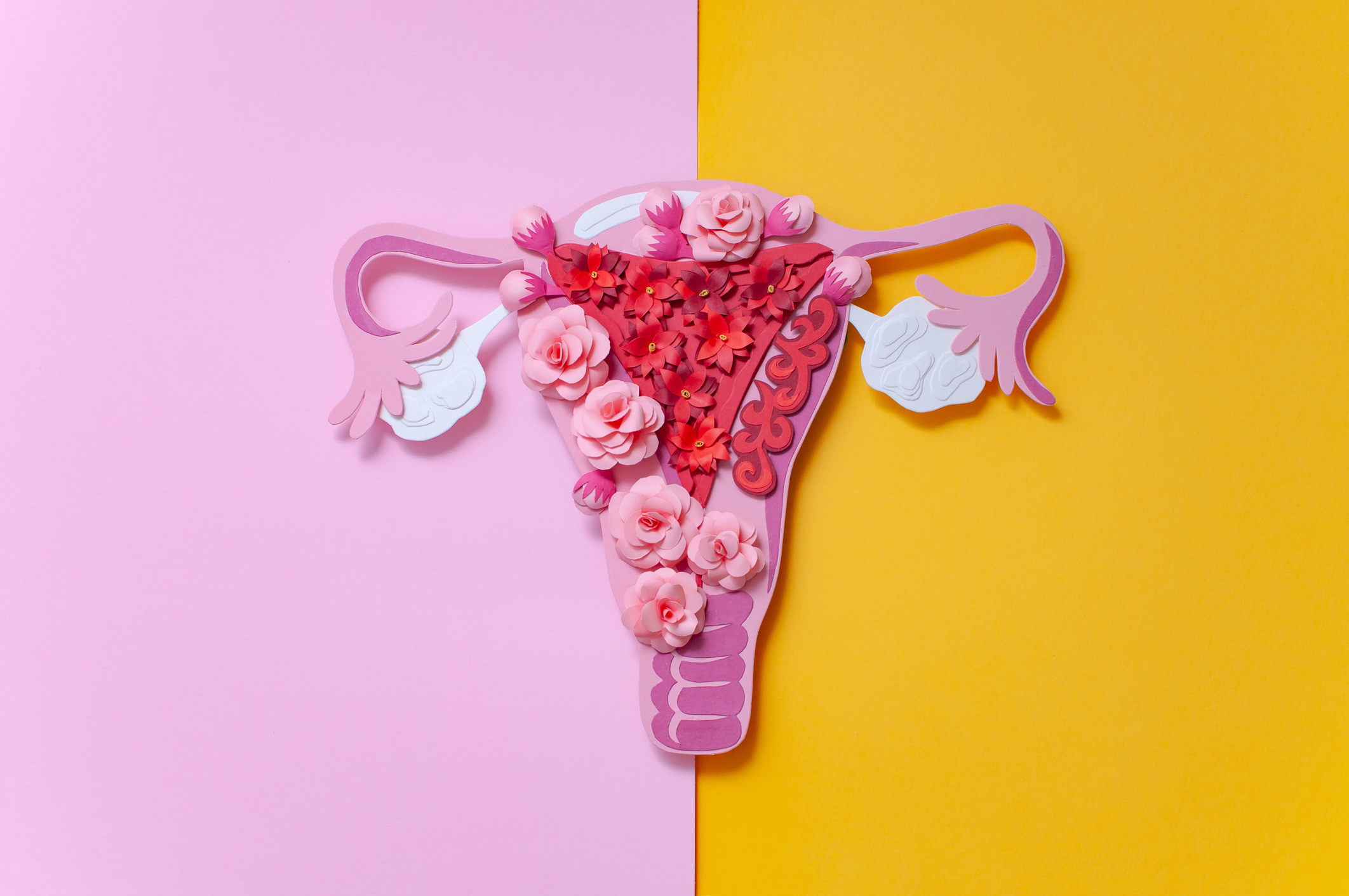Embryos with higher morphological quality may have a greater potential to achieve clinical pregnancy leading to live birth regardless of the type of cleavage-stage embryos or blastocysts. Few studies have investigated the impacts of embryo grading on the long-term health of offspring.
This pilot study aimed to examine the associations between embryo morphological quality and the physical, metabolic and cognitive development of singletons conceived by in vitro fertilization/intracytoplasmic sperm injection at their pre-school age.
This matched cohort study included singletons born to infertile couples who underwent fresh cleavage-stage embryo transfer cycles with good- or poor-quality embryos from 2014 to 2016 at the reproductive center of Women’s Hospital, School of Medicine, Zhejiang University. A total of 144 4- to 6-year-old children participated in the follow-up assessment from 2020-2021, and the response rate of poor-quality embryo offspring was 39%. Singletons in the good-quality embryo group were matched to singletons in the poor-quality embryo group at a 2:1 ratio according to the fertilization method and the children’s age (±1 year). We measured offspring’s height, weight, body mass index, blood pressure, thyroid hormone levels and metabolic indicators. Neurodevelopmental assessments using the Chinese version of the Wechsler Preschool and Primary Scale of Intelligence, Fourth Edition and Adaptive Behavior Assessment System, Second Edition were performed. We also collected data from the medical records. A linear regression model was used to analyze the association between embryo morphological quality and offspring health outcomes.
A total of 48 singletons conceived with poor-quality embryo transfer and 96 matched singletons conceived with good-quality embryo transfer were included in the final analysis. Age, sex, height, weight, body mass index, blood pressure, thyroid function and metabolic indicators were comparable in the two groups. After adjustment for potential risk factors by linear regression Model 1 and Model 2, poor-quality embryo offspring exhibited a tendency toward higher free thyroxine levels than did good-quality embryo offspring (beta: 0.22, 95% confidence interval: 0.09 to 0.90; beta: 0.22, 95% confidence interval: 0.09 to 0.91, respectively), but this difference was not clinically significant. Regarding neurodevelopmental assessment, there was no difference in the full-scale intelligence quotient of the Wechsler Preschool and Primary Scale of Intelligence (109.96 ± 12.42 versus 109.60 ± 14.46, P = 0.88) or the general adaptive index of the Adaptive Behavior Assessment System (108.26 ± 11.70 versus 108.08 ± 13.44, P = 0.94) between the two groups. The subindices of the two tests were also comparable. These findings remained after linear regression analysis.
At 4-6 years of age, singletons born from poor-quality embryo transfer have comparable metabolic and cognitive development to those born from good-quality embryo transfer using fresh cleavage-stage embryos. The results of this pilot study indicate that poor-quality embryos that can survive implantation and result in live birth are likely to have developmental potential comparable to that of good-quality embryos.
Copyright © 2022. Published by Elsevier Inc.
Embryo morphological quality in relation to the metabolic and cognitive development of singletons conceived by in vitro fertilization/intracytoplasmic sperm injection: A matched cohort study.


